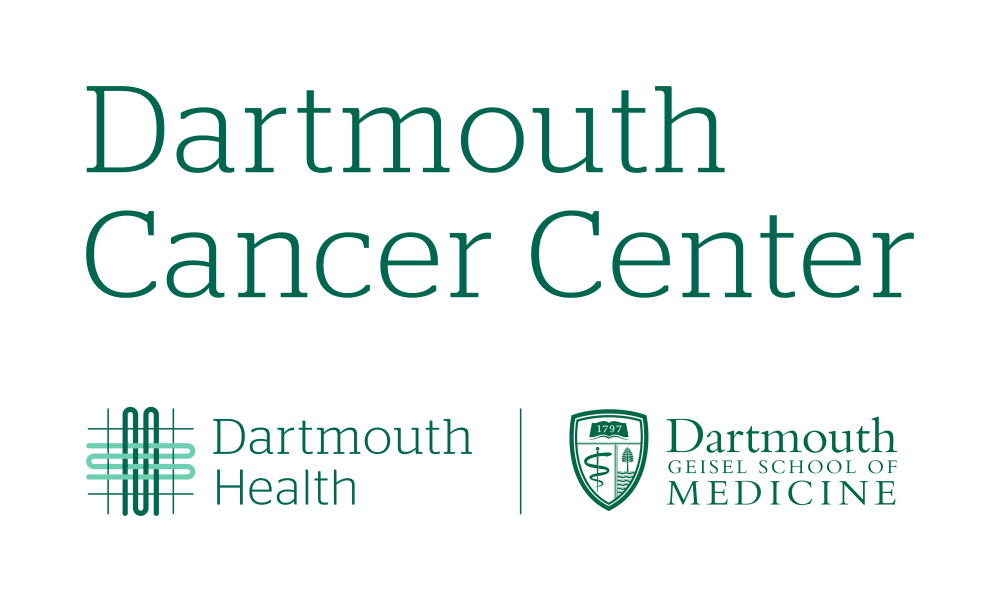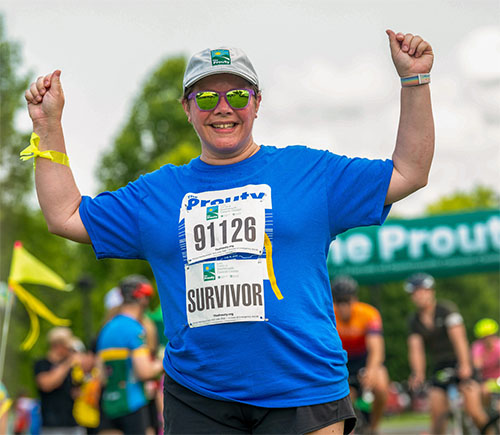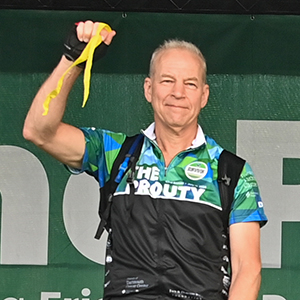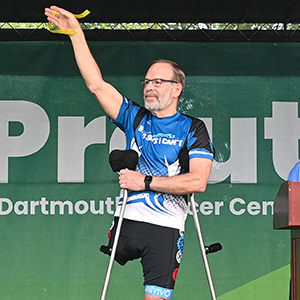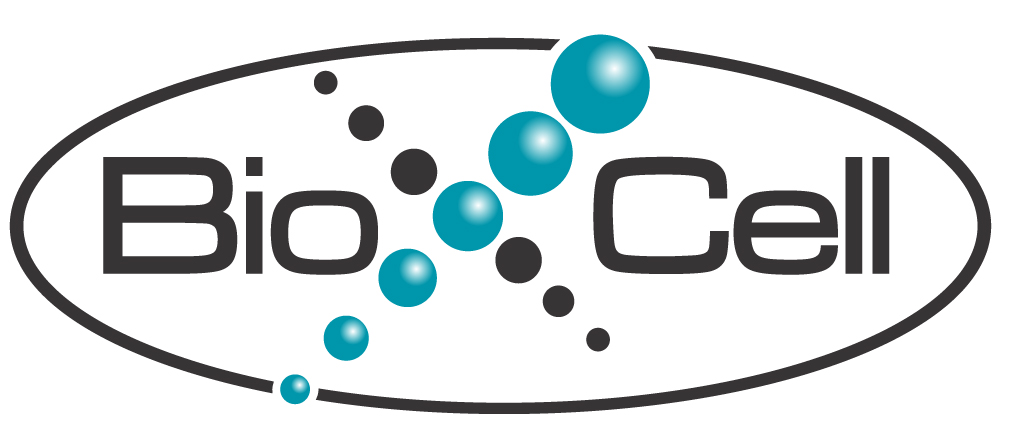The Prouty 2025
Donate:
Find a Participant or Team:
Participate:
Campaign Progress
Team Honor Roll
$508,538
$475,566
$220,655
$131,946
$92,185
$84,002
$60,385
$60,101
$54,771
$51,946
$50,403
$49,517
$43,855
$33,456
$30,002
$29,212
$27,246
$27,174
$25,066
$24,770
$23,792
$23,227
$22,515
$20,009
$19,649
$19,000
$18,596
$17,416
$17,264
$16,786
$16,527
$15,663
$14,849
$14,209
$14,209
$13,119
$12,335
$12,059
$11,797
$11,680
$11,383
$11,315
$11,289
$10,891
$10,850
$10,628
$10,081
$9,822
$9,200
$9,160
$9,127
$9,075
$9,000
$8,614
$8,302
$8,002
$7,938
$7,496
$7,331
$7,202
$7,134
$7,015
$6,830
$6,730
$6,703
$6,437
$6,169
$6,108
$5,998
$5,966
$5,817
$5,801
$5,570
$5,500
$5,495
$5,465
$5,294
$5,003
$4,949
$4,943
$4,856
$4,845
$4,600
$4,573
$4,423
$4,333
$4,282
$4,255
$4,200
$4,148
$4,074
$4,047
$4,000
$3,950
$3,766
$3,676
$3,550
Top Fundraisers
Ultimate (all ages)
$131,515
$87,631
$52,200
$25,682
$24,000
Ultimate Newbie (all ages)
$14,779
$11,351
$8,592
$8,313
$8,307
Cycle - Adult (19 and over, non-student)
$80,900
$80,097
$44,324
$43,352
$27,910
Cycle - Youth & Student (13-18 or student of any age)
$5,242
$1,306
$1,030
$1,004
$900
Cycle - Child (12 and Under)
$5,075
$900
$240
$204
$153
Walk - Adult (19 and over, non-student)
$51,846
$49,209
$15,047
$13,716
$11,747
Walk - Youth & Student (13-18 or student of any age)
$2,300
$2,300
$1,187
$1,000
$553
Walk - Child (12 and Under)
$1,030
$550
$507
$500
$500
Row - Adult (19 and over, non-student)
$205,612
$11,200
$8,219
$7,518
$6,908
Row - Youth & Student (13-18 or student of any age)
$4,600
$3,648
$3,200
$2,700
$2,208
Virtual (all ages)
$50,103
$28,172
$22,530
$20,000
$10,000
Top Donors
Byrne Match - Lubbe
Klaus Lubbe
Byrne Match - Shirley Pierce
Shirley Pierce
Byrne Match - Deborah L Coffin







